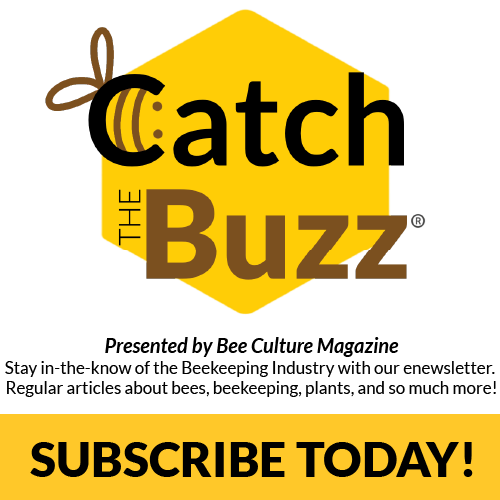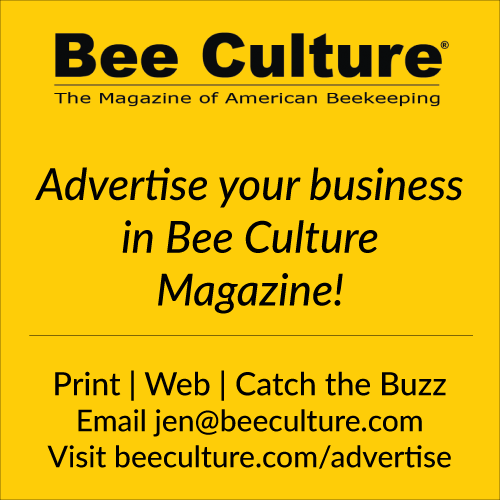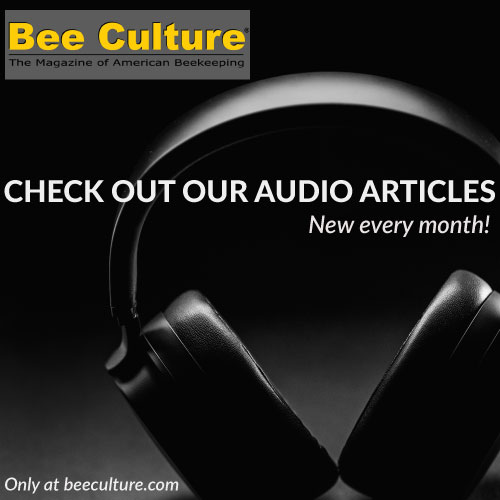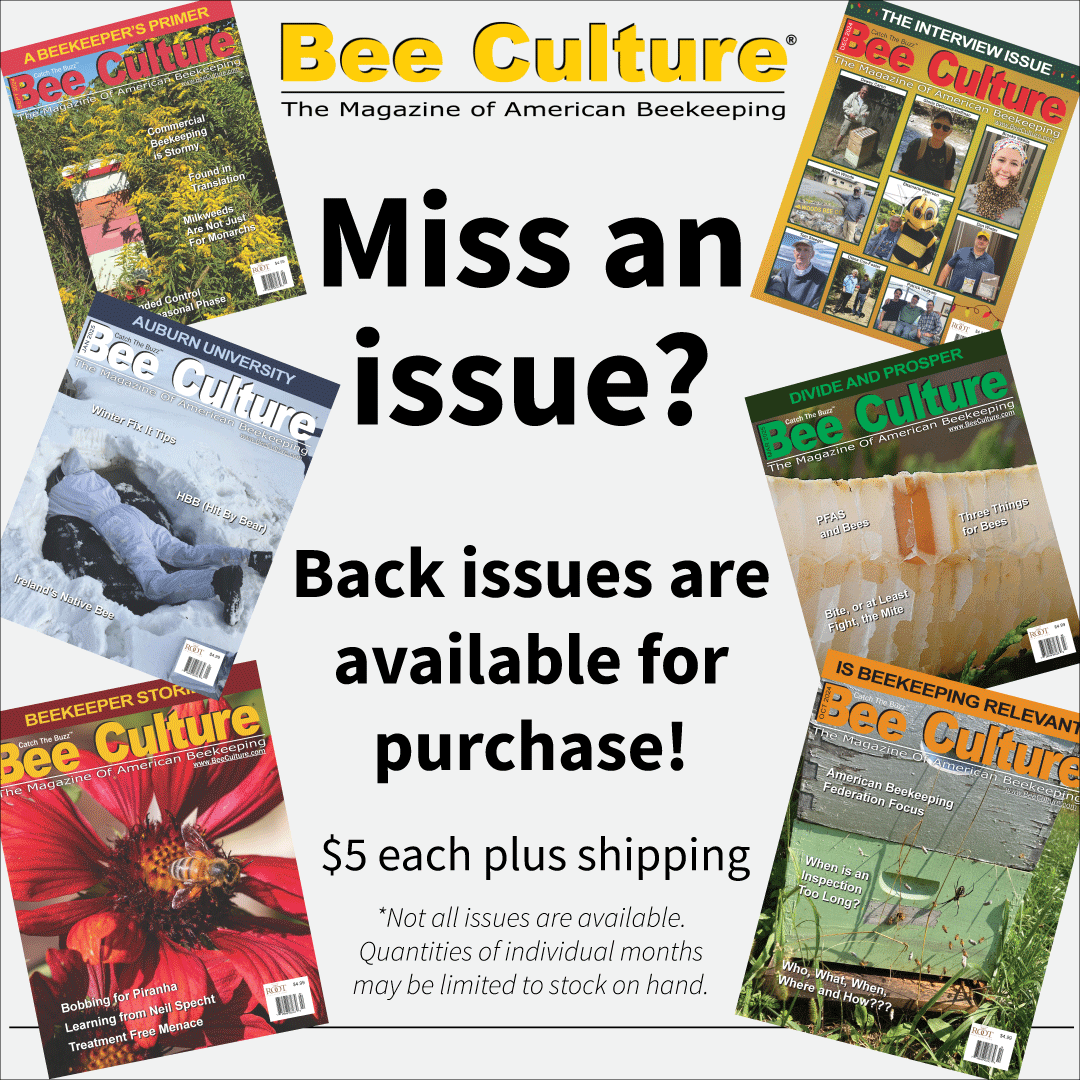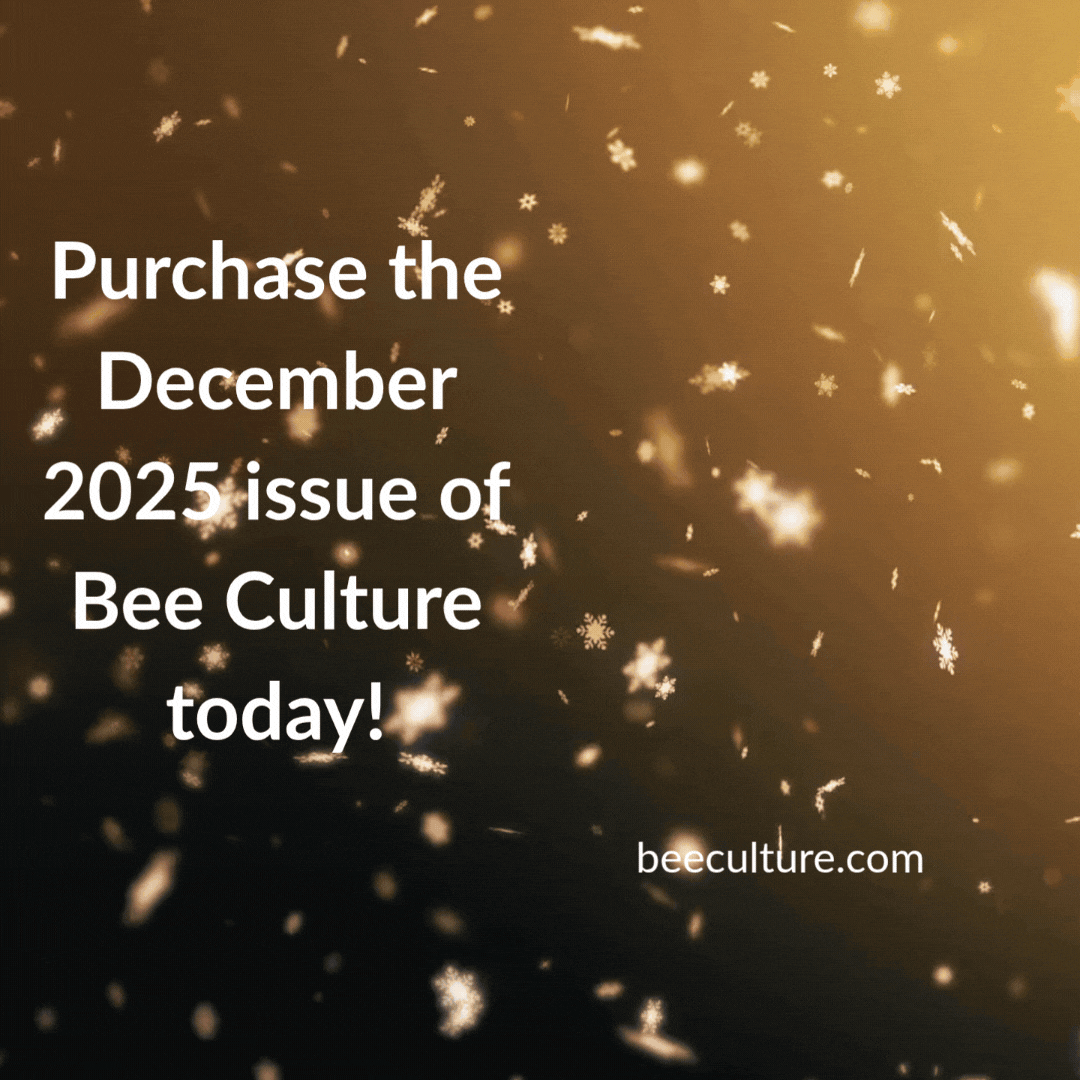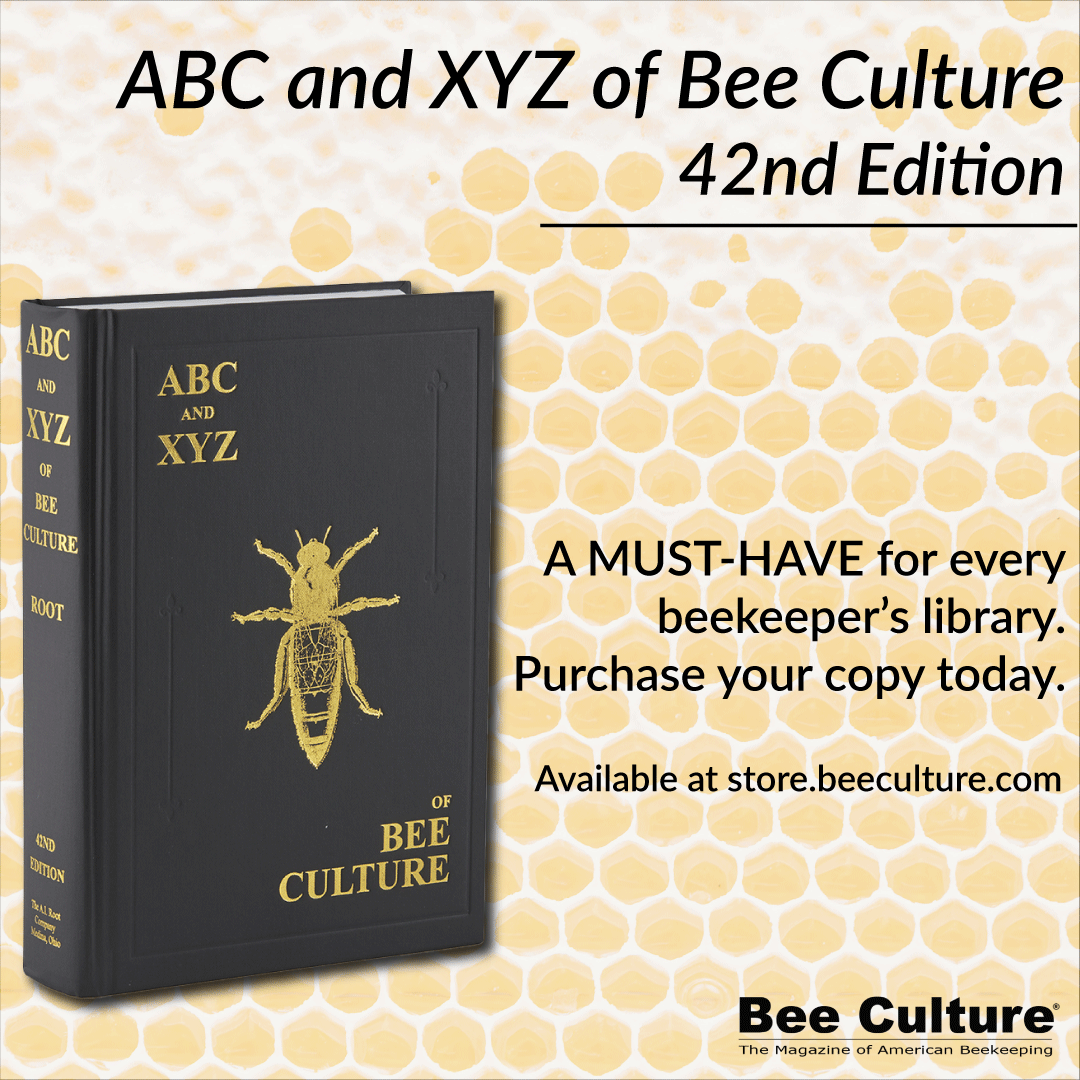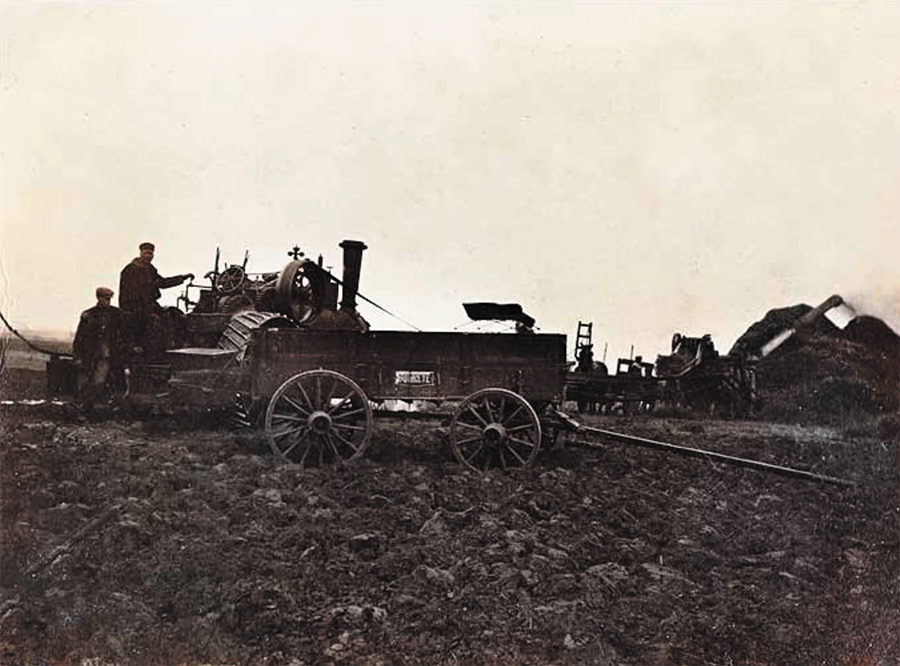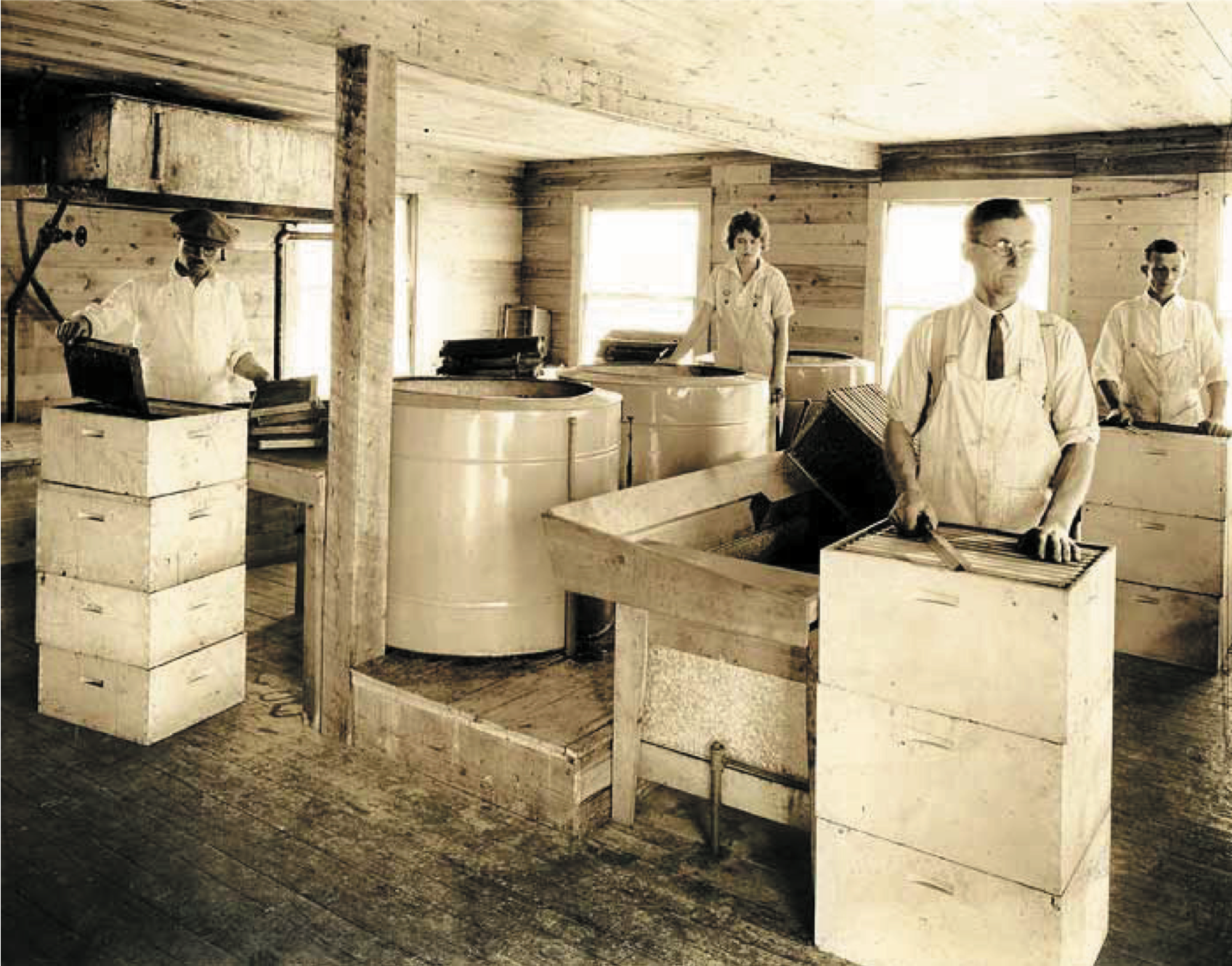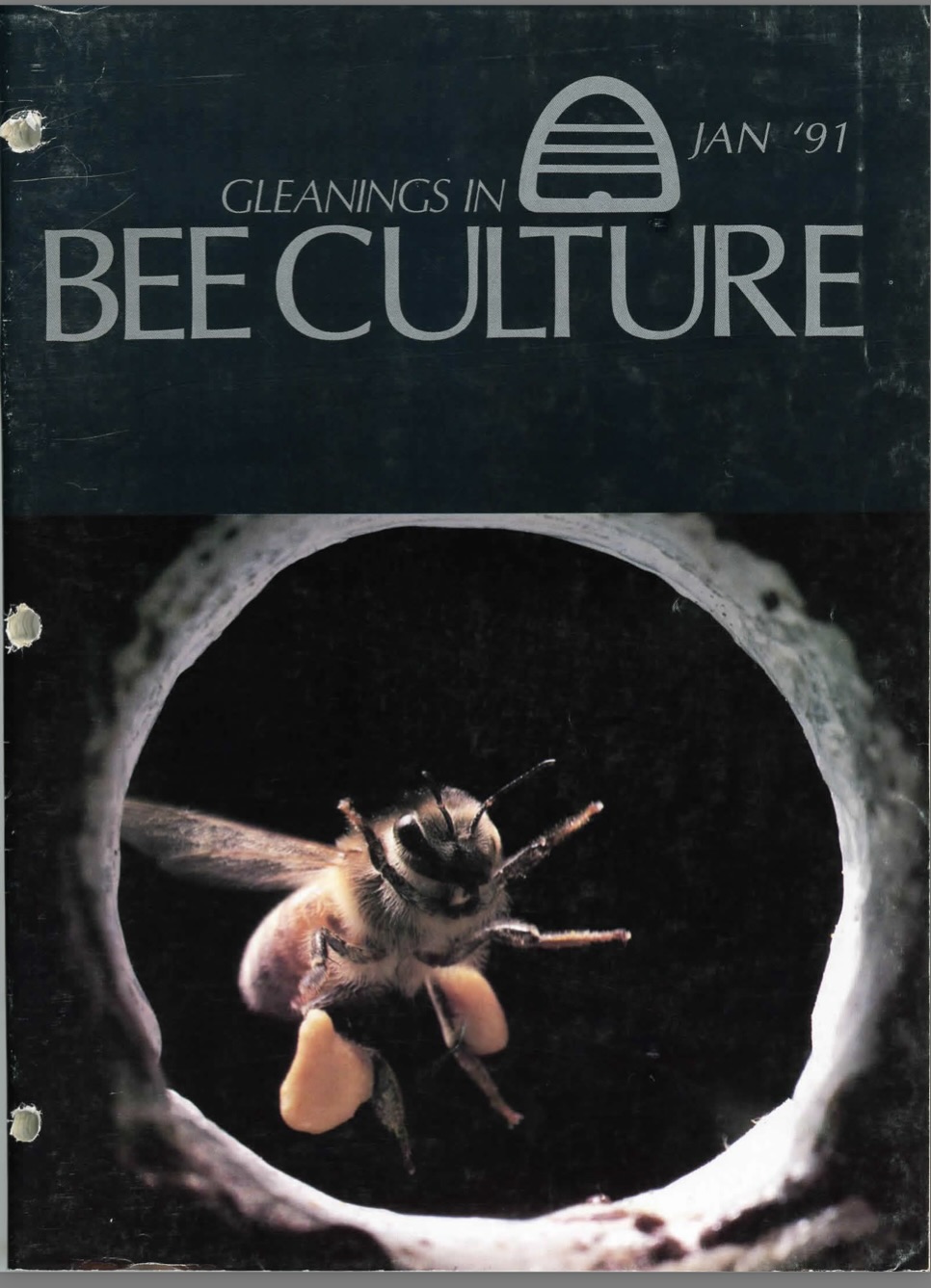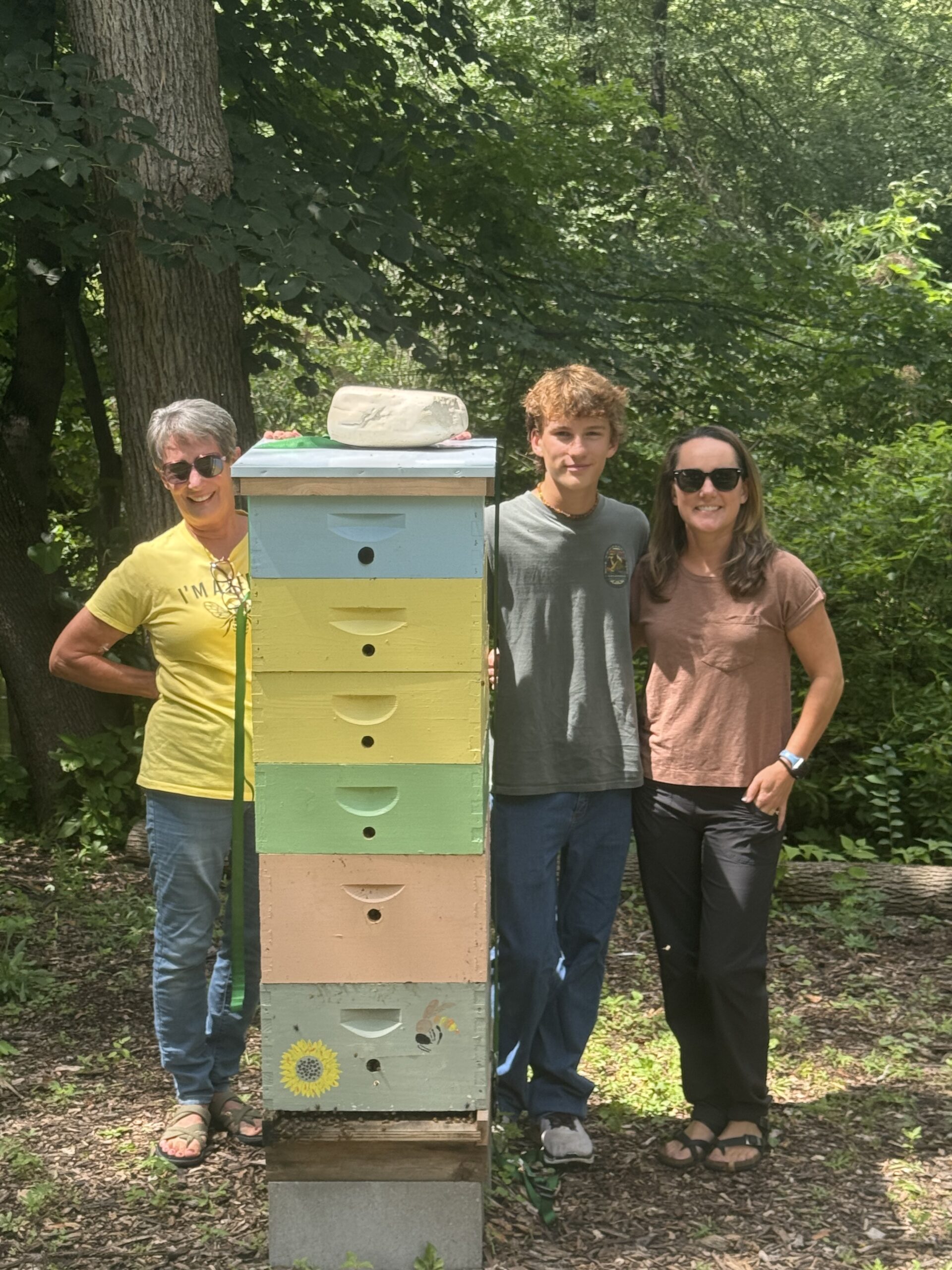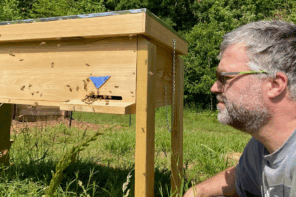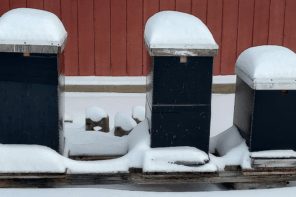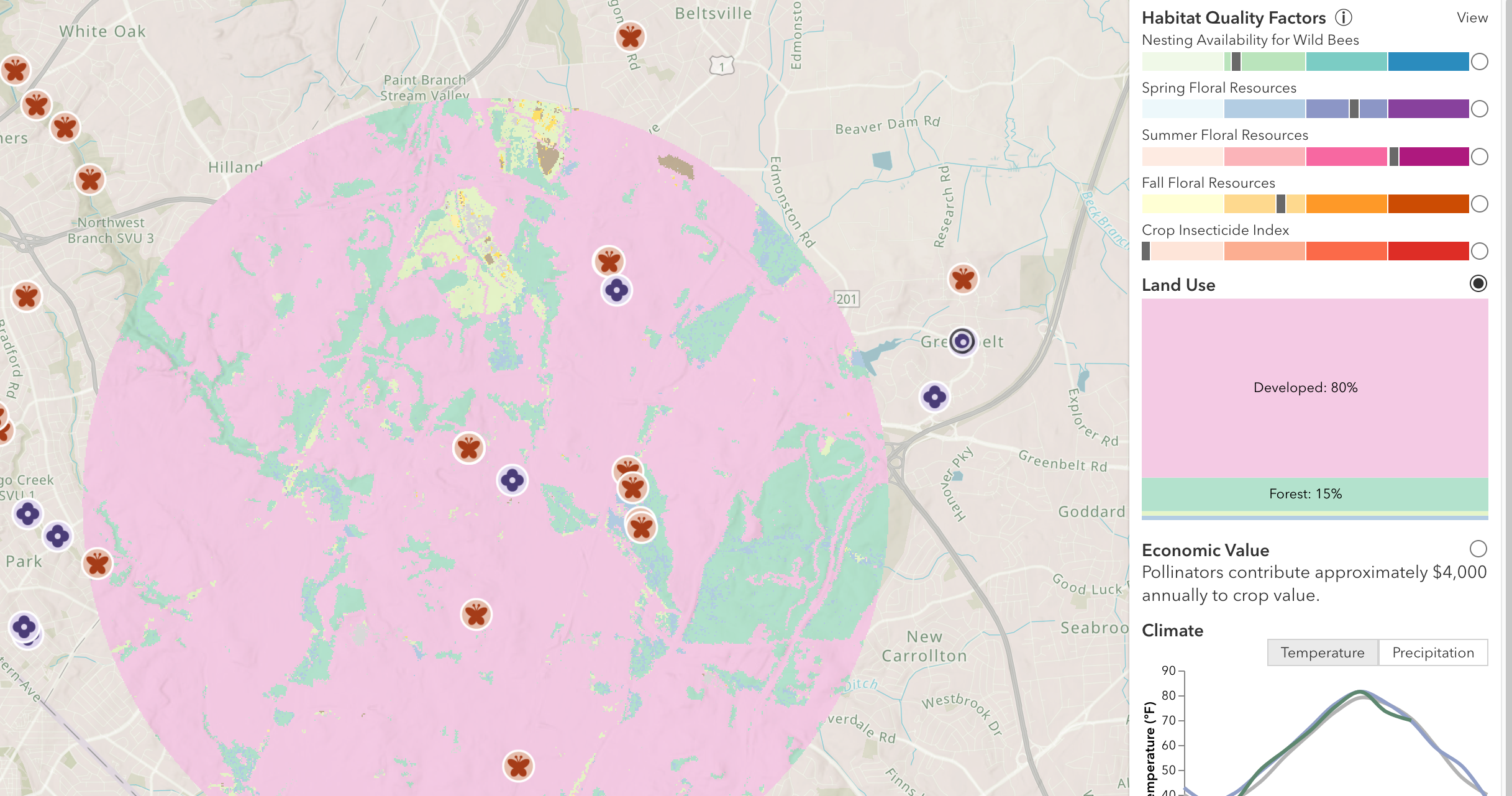Click Here if you listened. We’d love to know what you think. There is even a spot for feedback!
Read along below!
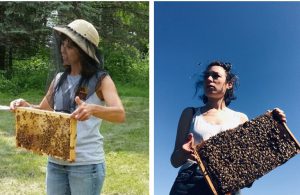
Becky Masterman earned a PhD in entomology studying hygienic behavior at the University of Minnesota and is currently a host for the Beekeeping Today Podcast. Bridget Mendel joined the Bee Squad in 2013 and led the program from 2020 to 2023. Photos of Becky (left) and Bridget (right) looking for their respective hives. If you would like to contact the authors with your own wintering ideas or other thoughts, please send an email to mindingyourbeesandcues@gmail.com
Exploring a Minnesota Beekeeping Family History
By: Becky Masterman & Bridget Mendel | Guest Writer/Contributor: Anne Pierce
We were recently contacted by a new member of the Minnesota Honey Producers Association (soon to be renamed the Minnesota Beekeepers Association). Anne Pierce, a relatively new beekeeper, keeps bees with the help of her daughter Katherine and grandson Jude. Our Association loves welcoming new beekeepers and their new-bee enthusiasm; even 5th generation commercial beekeepers remember the heart-opening joy of opening that first hive!
But it turns out that Anne *is* a multi-generational Minnesota beekeeper! She didn’t take over her family’s commercial operation, but she has inherited a very unique beekeeping legacy. Besides tending to her hives, she has recently been tending to the family history. With many thanks to her family’s research and memories, we are excited to share a bit about this inspiring – and pioneering, Minnesota beekeeping family.
A Founder’s Vision: Emil
“E.L.” Hofmann
For nearly 85 years, Hofmann Apiaries of Janesville, Minnesota was one of the nation’s most notable beekeeping operations — it has even been listed on the United States National Register of Historic Places (one of the only apiaries in the country with that distinction).
The roots of Hofmann Apiaries trace back to Emil “E.L.” Hofmann, a gifted entrepreneur who returned to the family farm after his father’s death in 1900. Initially focused on purebred hogs, Emil’s course changed when a stray swarm of honey bees arrived in the early 1900s. He soon recognized the potential of beekeeping as both an alternative and lucrative enterprise, and began converting his hog barn into a honey house in 1908.
By 1911, Emil had become Minnesota’s Deputy State Bee Inspector, and in 1916, the American Bee Journal described him as “probably the largest honey producer in Minnesota.” In 1925, he expanded and modernized the honey house with a steam-heated warming room, a state-of-the-art extracting area, a weighing room with six 350-gallon tanks, an elevator, and ample storage. American Bee Journal lauded him as “one of the best, most successful and extensive beekeepers in the United States,” equipped with “the best that money can buy for efficient honey production.”
Emil’s innovations extended beyond honey. He established three wintering cellars, a wax-processing shed, and introduced alsike clover to Waseca County — providing a new and fabulous food source for honey bees and a new agricultural crop for the area. By the mid-1920s, Janesville had become one of the leading centers for alsike clover seed in the U.S.
Tragically, Emil died suddenly in 1934 at age 59, leaving behind a thousand colonies of bees, a diversified 100-acre farm, sizable debts and a grieving family.
The Second Generation: Charles “Charlie” Hofmann
Charles Sterling Hofmann, Emil’s son, had been working alongside his father since his teenage years. By 16, he had already experienced gatherings at the apiary with industry leaders like C.H. Dadant and F.C. Pellet. When Emil died, Charles — 26 years old — faced a choice: sell the farm, or shoulder the debt. He chose the latter, taking on a total of more than $15,000 (about $250,000 in today’s dollars). Through meticulous bookkeeping and unrelenting discipline, he gradually paid off the debt while running a leaner operation – he never ran more than 600 colonies.
With the debt paid, Charles developed his passion for service, advocacy, and education within and beyond the beekeeping world. He was deeply involved in regional, state, and national organizations, serving as vice president of the American Beekeeping Federation (ABF) for two terms and helping to craft the Agriculture Act of 1948, which introduced badly needed price controls for honey.
Charles also served as an Apiary Inspector and chaired the University of Minnesota Haydak Research Fund for three terms. He was a familiar face at the Minnesota State Fair — exhibiting honey, judging the bee and honey exhibit for nine years. He sported a bee-beard for Janesville’s 1958 centennial, a novelty at the time that attracted international attention.
Self-taught as a photographer, Charles devised a method for macrophotography without costly equipment, capturing striking close-ups of bees. His proudest image — a bee mid-flight, legs loaded with pollen — appeared on the cover of Bee Culture in January 1991. His slide presentation, The Wonderful World of Bees, reached 3,400 students by his estimation. He wrote more than a dozen articles for American Bee Journal and Bee Culture, sharing inventions, field observations, and practical advice. Local and state media featured him frequently between the 1940s and 1980s.
After 60 years of beekeeping, Charles retired in 1985. Fellow beekeeper and Extension entomologist Dave Noetzel wrote to him: “I can only recollect one or two families that have been more devoted to bees and beekeeping over the years than the Hofmanns… Even more important to me was your continuing warmth and friendship when we differed somewhat on such things as pesticides and bees. This, to me, is truly the mark of greatness…This is truly the end of an era in Minnesota Beekeeping. It will not be the same without your involvement.”
In the years that followed, Charles and his wife Ellen ensured that their land would serve future generations by placing 15 acres into conservation, planting native prairie grass and deciduous trees. Charles died in 2009 at the age of 101.
The Next Gens
While the Hofmann Apiaries as Charles knew it has closed, the family tradition is alive. In 2024 — at the same age Charles had retired — his daughter Anne took up beekeeping along with Jude. This year Jude became a recipient of the Minnesota Hobby Beekeepers Association Youth Scholarship and mom Katherine joined in. We’re inspired by this family’s love for bees, and can’t wait to see what more these new generations bring to our beekeeping community.
Sources
https://www.hofmannapiaries.org/
Charles’ correspondence

